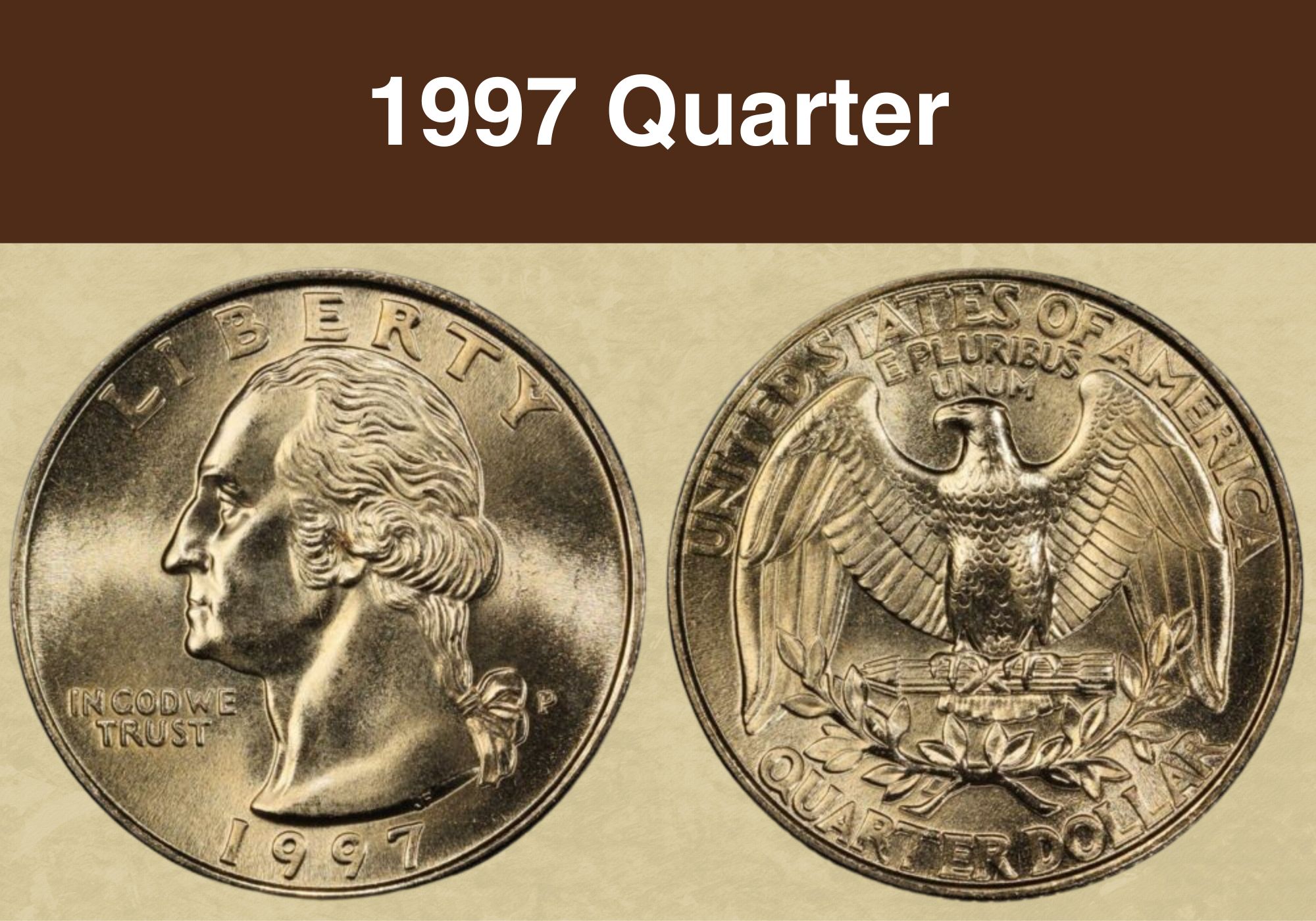
Coin Value Contents Table
Are you looking to add a 1997 quarter to your collection?
Or, do you wonder how much you can earn selling your 1997 Washington quarter?
You’ve come to the right place!
This guide will explain everything you need to know about the 1997 quarter value so you can make a smart decision whether you want to buy, sell or hold this coin.
The 1997 quarter is a modern coin; it might not be worth so much right now, but its value may increase as the years go by, and the coin will be considered old and collected as an antique.
For now, we will explore just how much a 1997 quarter is worth. You will learn about the history of Washington quarters, its unique features, and minting errors that can significantly increase the coin’s value.
So, let’s jump in and discover: How much is a 1997 quarter worth?
1997 Quarter Value Chart |
||||
| Mint Mark | Good | Fine | Extremely Fine | Uncirculated |
| 1997-P Quarter | $0.30 | $0.30 | $0.30 | $125 |
| 1997-D Quarter | $0.30 | $0.30 | $0.30 | $525 |
| 1997-S Proof Quarter | – | – | – | $132 |
The History of the 1997 Quarter
The 1997 quarter belongs to the Washington coin series, first introduced in 1932.
Despite several design changes, the Washington quarter is among the longest-serving in the history of U.S. coinage.
As part of the bicentennial celebrations of President George Washington’s birth anniversary, congress appointed a committee to organize the fete, which would include introducing a new commemorative coin.
The committee had lobbied for the temporary replacement of the Walking Liberty half dollar only for the year 1932. However, Congress authorized the Treasury Department to permanently replace the Standing Liberty quarter with a new Washington quarter.
Earlier, the Committee had commissioned sculptor Laura Gardin Fraser to create a commemorative medal and recommended that she also design the coin. However, the Treasury Department, under the leadership of Andrew Mellon, turned down the recommendation, instead opting to hold a new competition to find a design for the new Washington coin.
Following a nationwide competition, sculptor John Flanagan emerged as the winner. Per the Mint’s instructions, the coin designer was required to produce a quarter featuring President George Washington’s portrait on the obverse side.
After several reiterations, Flanagan, who had based Washington’s coin on a bust sculpted by Jean-Antoine Houdon, presented the final design for production.
The new Washington quarter was struck in July and released into circulation in August. The Mint struck the coin in silver until 1964, when the metal composition transitioned to a copper-nickel clad and has remained that way.
The Features of the 1997 Quarter
Let’s now explore the unique features of the Washington quarters, including the ones produced in 1997. Knowing these features can help you identify 1997 quarters worth money.
The Obverse of the 1997 Quarter
A left-facing portrait of President George Washington is on the obverse or head side of the 1997 quarter. He is facing forward, and his hair is in a low ponytail.
The word LIBERTY appears at the top along the inner rim. On the left surface, you will find our country’s anthem, IN GOD WE TRUST.
The year date, 1997, is shown at the base along the inner rim.
The Reverse of the 1997 Quarter
You are met with a more detailed design when you turn the coin over on the reverse. The American eagle appears prominently on the tail side of the coin.
The eagle has its wings spread out and is perched on a bundle of arrows. Below are two olive branches daintily tied together.
The arrows represent freedom and liberty, while the olive branches are symbolic of peace.
The country’s name is spelt boldly at the top on the inner rim of the coin, followed by the motto, E PLURIBUS UNUM, which means ‘’Out of many, one.”
The coin’s denomination, QUARTER DOLLAR, is at the base inside the inner rim.
Other Features of the 1997 Quarter
The 1997 Washington quarter is made of a pure copper center covered by a copper-nickel outer layer comprising 75% copper and 25% nickel.
It measures 24.30 millimeters in diameter and weighs 5.67 grams. The edge of this coin is reeded; it has tiny ridges known as denticles.
In 1997, the Mint struck coins at the Philadelphia, Denver, and San Francisco facilities. Coins from each of these mints have a mint mark P, D, and S, respectively, which you will find on the obverse on the right surface next to Washington’s ponytail.
1997 Quarter Grading
Grading Washington quarters entails identifying the coin’s luster. Examine your coin under a single light source, checking for complete luster from one end to the other.
Your 1997 quarter should be flawless in mint state with no hairline scratches or contact marks. Eye appeal should be top-notch.
Check for a luminous, shiny surface with no signs of dullness or smoothness, especially on the high contact points such as the top of Washington’s hair, the curl around his ear, and his cheek. The eagle’s breast, legs and wings should also show a strong strike.
| # | Grade |
|---|---|
| 1 | Basal State-1 |
| 2 | Fair |
| 3 | Very Fair |
| 4, 5, 6 | Good |
| 7, 8, 10 | Very Good |
| 12, 15 | Fine |
| 20, 30 | Very Fine |
| 40 | Extremely Fine |
| 50 | About Uncirculated |
| 60 | Mint State |
| 65 | Mint State |
| 70 | Mint State |
Please check our grading guides to know your coin scale, It’s the necessary step to know the exact value of your coin.
Check out now: How to Grade Washington Quarter?
1997 Quarter Value Guides
So, how much is a 1997 quarter worth?
The 1997 quarter value will depend on factors such as the mint mark, rarity, and even minting errors.
There are three varieties of the 1997 Washington quarter, and we will look at the value of each below. The three include:
- 1997-P Quarter
- 1997-D Quarter
- 1997-S Quarter
1997-P Quarter Value
The U.S. Mint in Philadelphia produced an estimated 595,740,000 Washington quarters in 1997. If you think these are a lot of coins, you are right!
The 1997 quarters with a mint mark P are graded as abundant on the rarity scale. You can easily find these coins in their uncirculated condition, but they are also plentiful in the mint state up to grade M65.
These quarters become scarce at grade MS66 and above, with fewer than 100 known pieces certified as MS70 gem quality. This is attributable to the fact that most of the 1997-P quarters were released into circulation.
Due to the high mintage, the 1997-P quarter is only worth between $0.30 and $0.85 in circulated condition.
Uncirculated examples are equally affordable. One graded MS60 is worth about $1.50, while an MS65 can fetch up to $7. The value increases at higher grades, with a gem quality MS67 fetching as much as $125.
According to the Professional Coin Grading Service, in 2016, a collector paid a whopping $3,525 at a Heritage Auctions sale for a 1997-P quarter graded MS67.
1997-D Quarter Value
The Denver Mint also struck Washington quarters in 1997, producing about 599,680,000 coins for circulation.
Like the coins struck in Philadelphia, the 1997-D quarters recorded a significantly high mintage. Because they are readily available across all grades, these quarters are worth more or less their face value in circulated form.
Circulated 1997-D quarters will fetch between $0.30 and $0.85.
These quarters are abundant in uncirculated form, especially in the lower mint state grades ranging from MS60 to MS64, where prices range between $1.50 and $7.50.
From MS65 onward, the 1997-D quarters are noticeably scarce but still quite affordable. With $7, you can get your hands on a nice MS65 1997 quarter with a D mint mark.
Gem quality examples are extremely rare, with pieces graded MS68 fetching up to $525. Consider yourself every lucky if you come across a 1997-D Washington quarter graded MS68 and above.
The most expensive 1997-D quarter is graded MS68 and was sold in 2004 at Heritage Auctions sales fetching an impressive $978.
1997-S Proof Quarter Value
The San Francisco Mint produced proof silver and copper-clad quarters in 1997.
Between 1932 and 1964, the Mint issued proof silver Washington quarters for collectors. But, when silver prices skyrocketed, the Mint switched to clad proof quarters starting in 1968 onwards.
The Mint, however, brought back proof silver quarters in 1992 but continued producing proof clad Washington quarters.
The 1997 proof quarters will have an S mint mark on the obverse. The silver and copper-clad pieces are valued more or less the same, and the best part is that they are quite affordable and accessible to any collector.
At grade PF70, 1997-S proof quarters fetch a premium, but most certified pieces are still affordable and within reach for many collectors.
Rare 1997 Quarter Errors List
From the above value guides, you can see that 1997 quarters are only worth more or less their face value in circulated condition. That said, some of these coins can fetch a premium if they have a unique minting error.
Let’s take a look at some 1997 quarter errors worth money that you should keep an eye out for.
1997 Doubled Die Quarter Error
A doubled die is one of the most common minting errors. This flaw happens when the die strikes the planchet at slightly different angles, causing doubling in the devices.
In the case of some 1997 quarters, doubling is visible in the words IN GOD WE TRUST on the obverse. On the reverse of some quarters, you may notice doubling on the denomination, ONE QUARTER, and the motto E PLURIBUS UNUM.
A 1997 quarter with a doubled die error will fetch about $75 to $100, depending on the coin’s condition.
1997 Off-Center Quarter Error
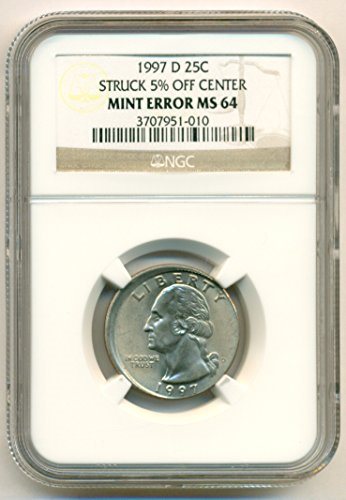
Another error that often occurs in 1997 quarters is the off-center error.
This type of error occurs when the planchet and the punching die are misaligned, leading to the design being struck away from the planchet’s center.
The value of an off-center error depends on how far away from the center the design is struck. Errors that are 50% or more away from the center are more valuable than subtle off-center errors.
A 1997 quarter with a 50% off-center strike error is worth about $80, while one with a 10% off-center strike can fetch about $5 to $10.
1997 Die Break Quarter Error
A die break error occurs when there is a small crack in the die due to immense pressure of the minting process.
If the Mint continues using the cracked die, the crack fills up with metal, which appears as a small raised line on the final coin.
The value of a die break error depends on the size of the raised line; the larger the error, the more valuable it is. `
Collectors will pay between $30 and $50 for a 1997 quarter with a die break error, but the value also depends on the coin’s condition.
1997 Struck Through Quarter Error
The most common struck-through error is the one caused by the presence of grease on the planchet. The grease prevents the die from completely transferring the design onto the planchet.
A 1997 quarter with a struck-through error can sell for as much as $60, which isn’t too bad for a coin that’s only worth its face value.
Where to Sell Your 1997 Quarter ?
Now that you know the value of your coins, do you know where to sell those coins online easily? Don’t worry, I’ve compiled a list of these sites, including their introduction, pros, and cons.
Check out now: Best Places To Sell Coins Online (Pros & Cons)
FAQ
What is a 1997 quarter made of?
Like all regular strike Washington quarters minted after 1964, the 1997 quarter is made of a copper-nickel cladding with a pure copper center. The nickel gives the coin its shiny appearance, which some collectors mistake for silver.
How do I know if my 1997 quarter is worth money?
Generally, 1997 quarters are only worth their face value of $0.30 to $0.85. Currently, these coins are not as profitable, especially in circulated conditions. That said, your 1997 quarter might fetch a premium if it is graded MS69 and above; such quarters are extremely rare, though.
Are 1997 quarters rare?
No. The Mint struck millions of quarters in 1997; these coins are abundant in circulated condition and, therefore, inexpensive for any collector.

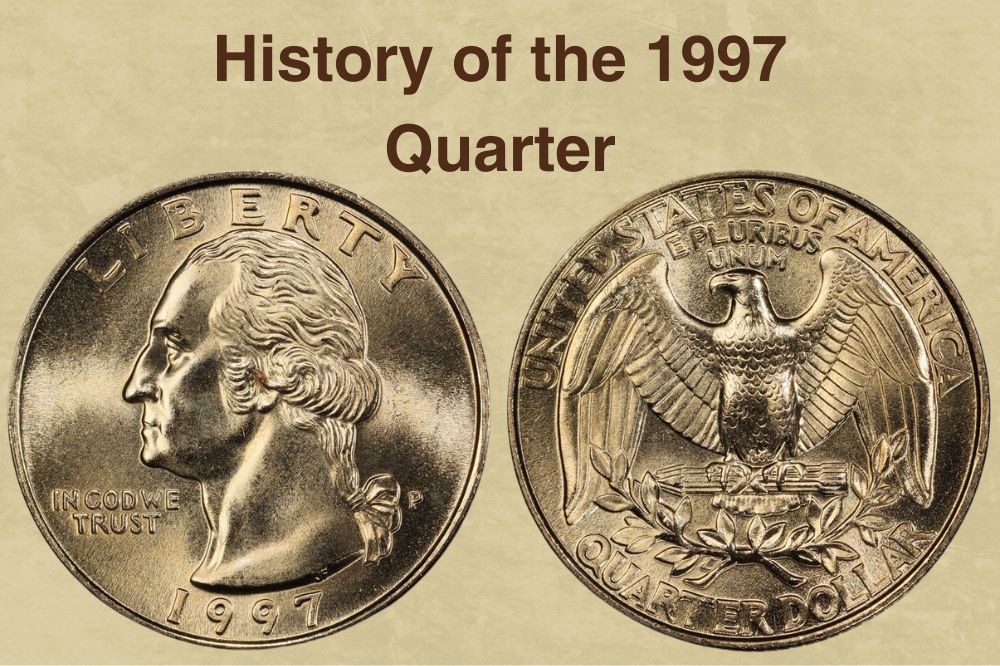
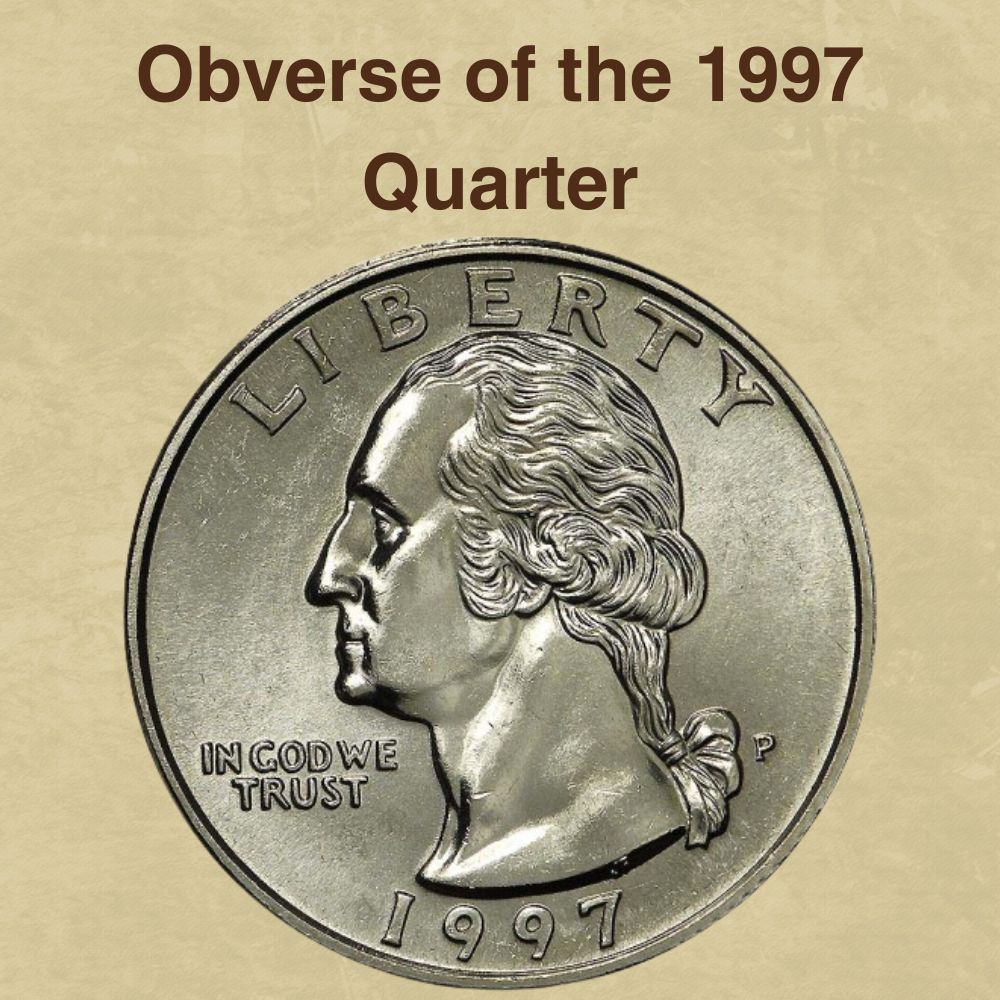
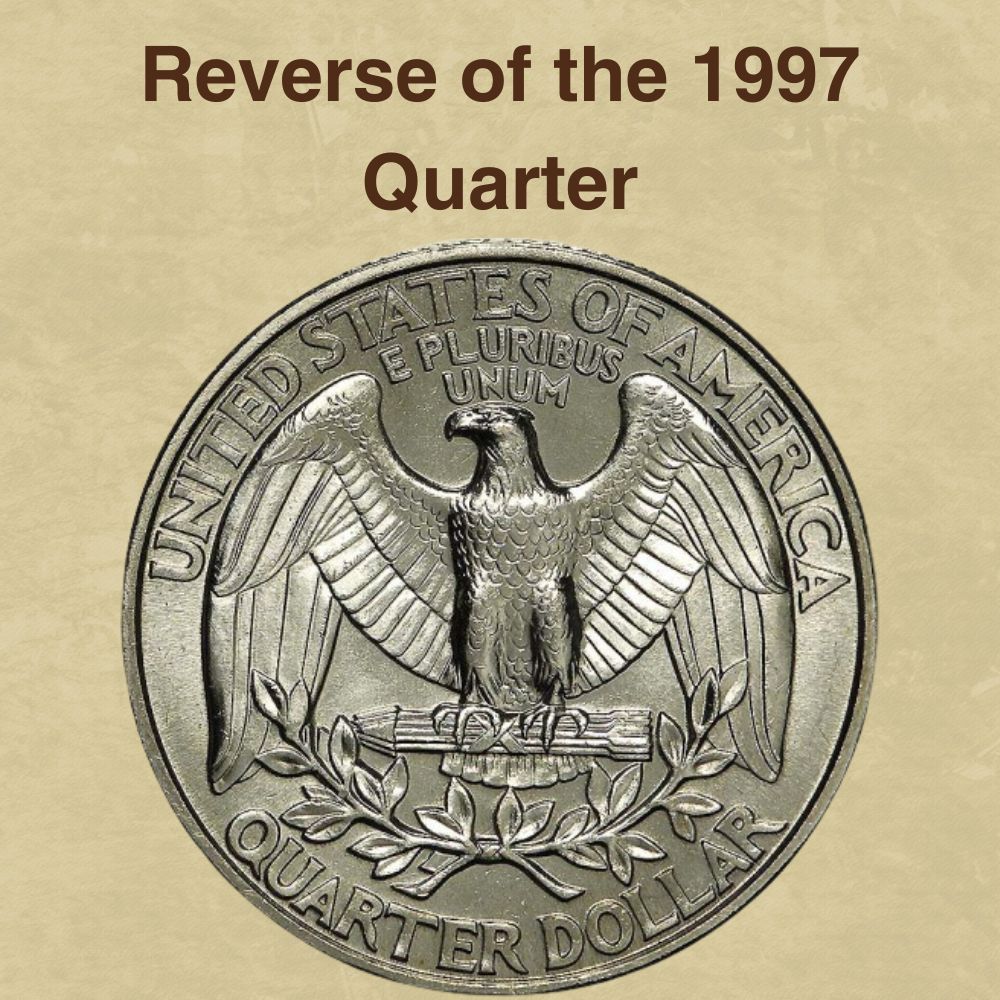
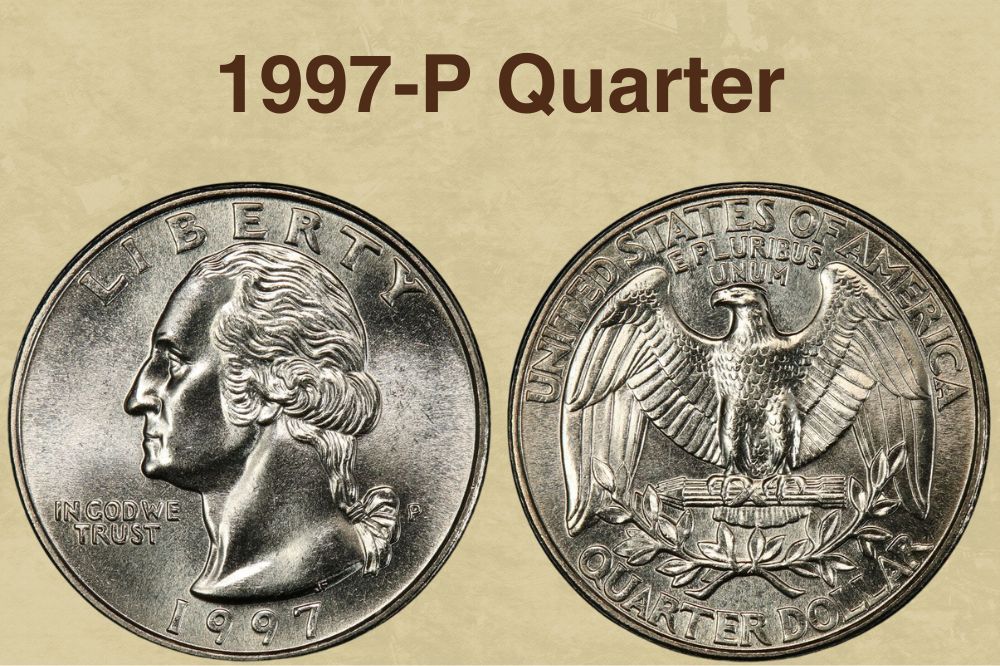
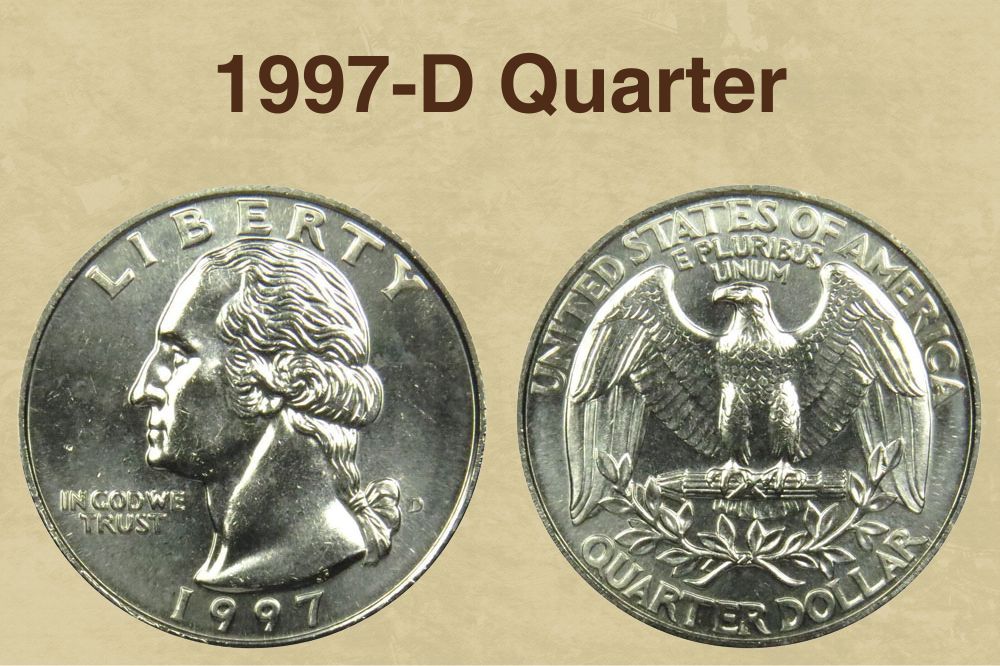
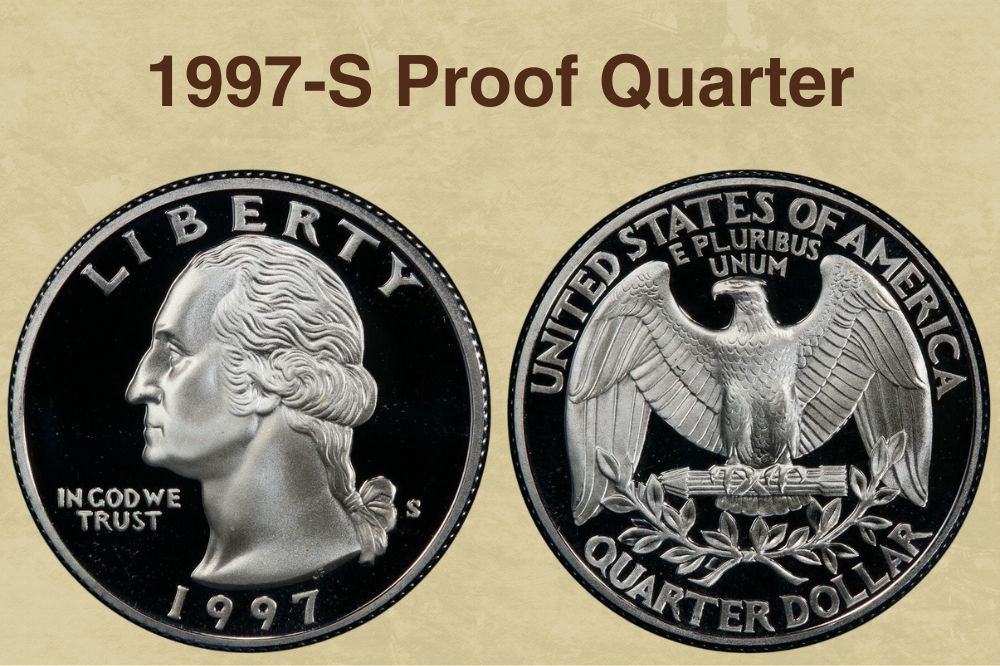
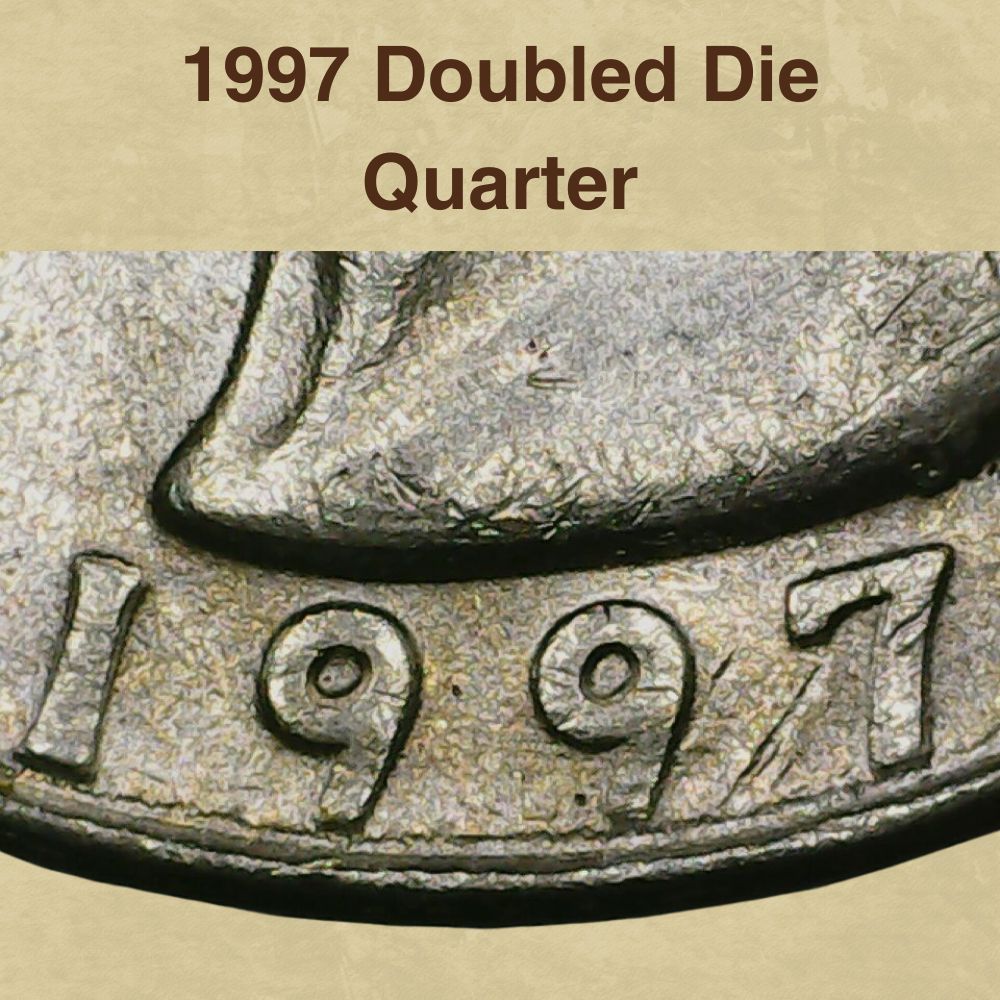
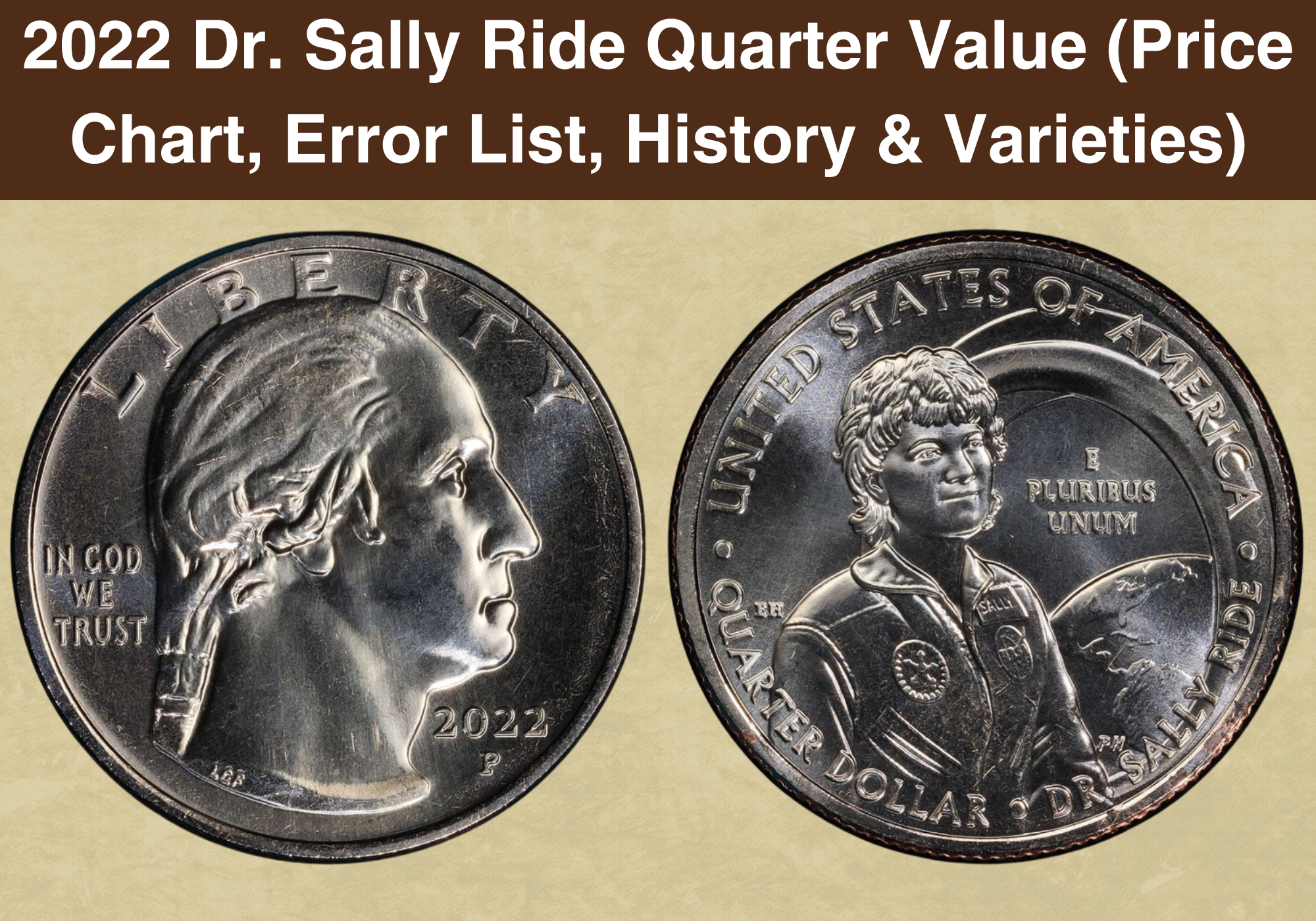
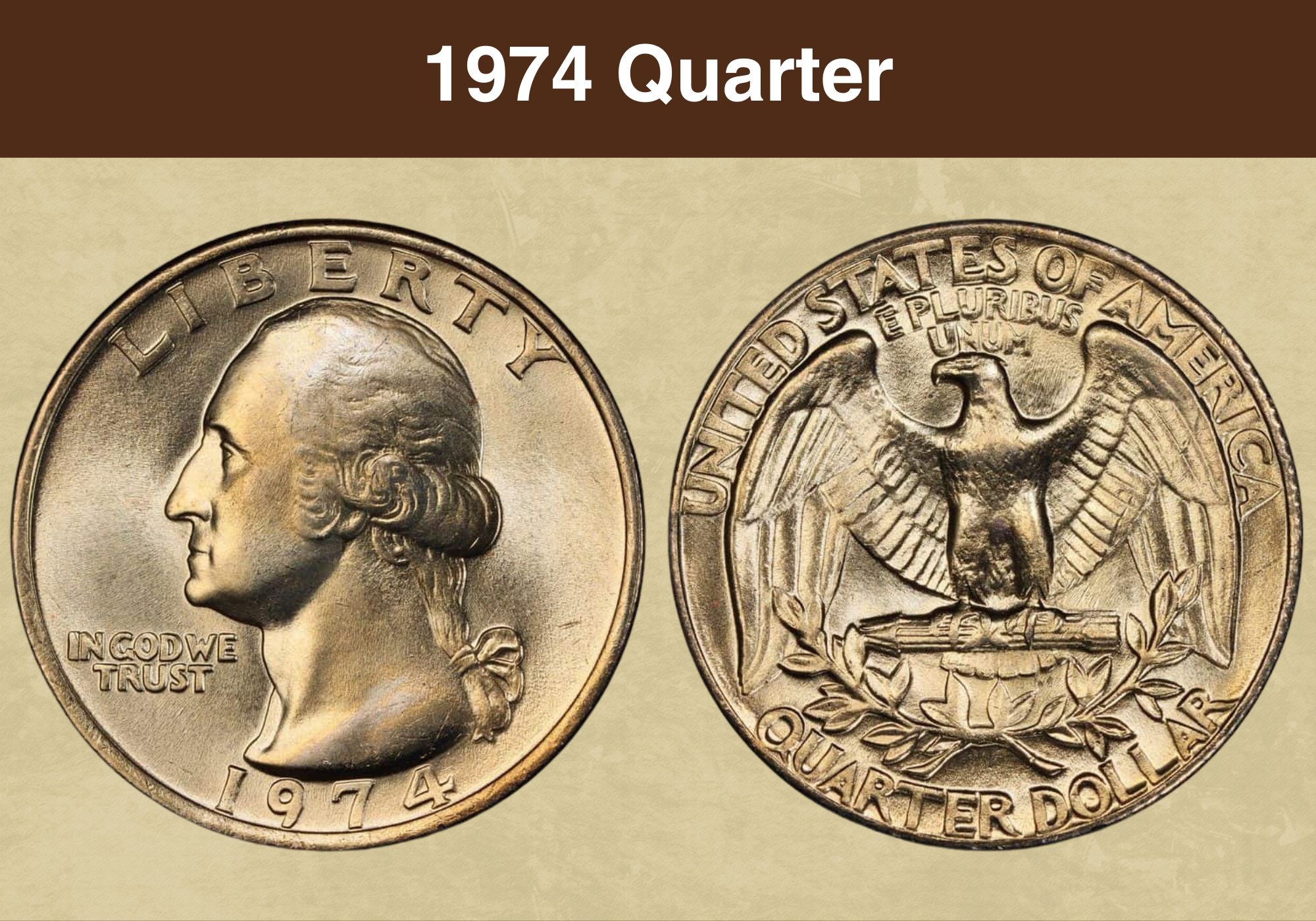
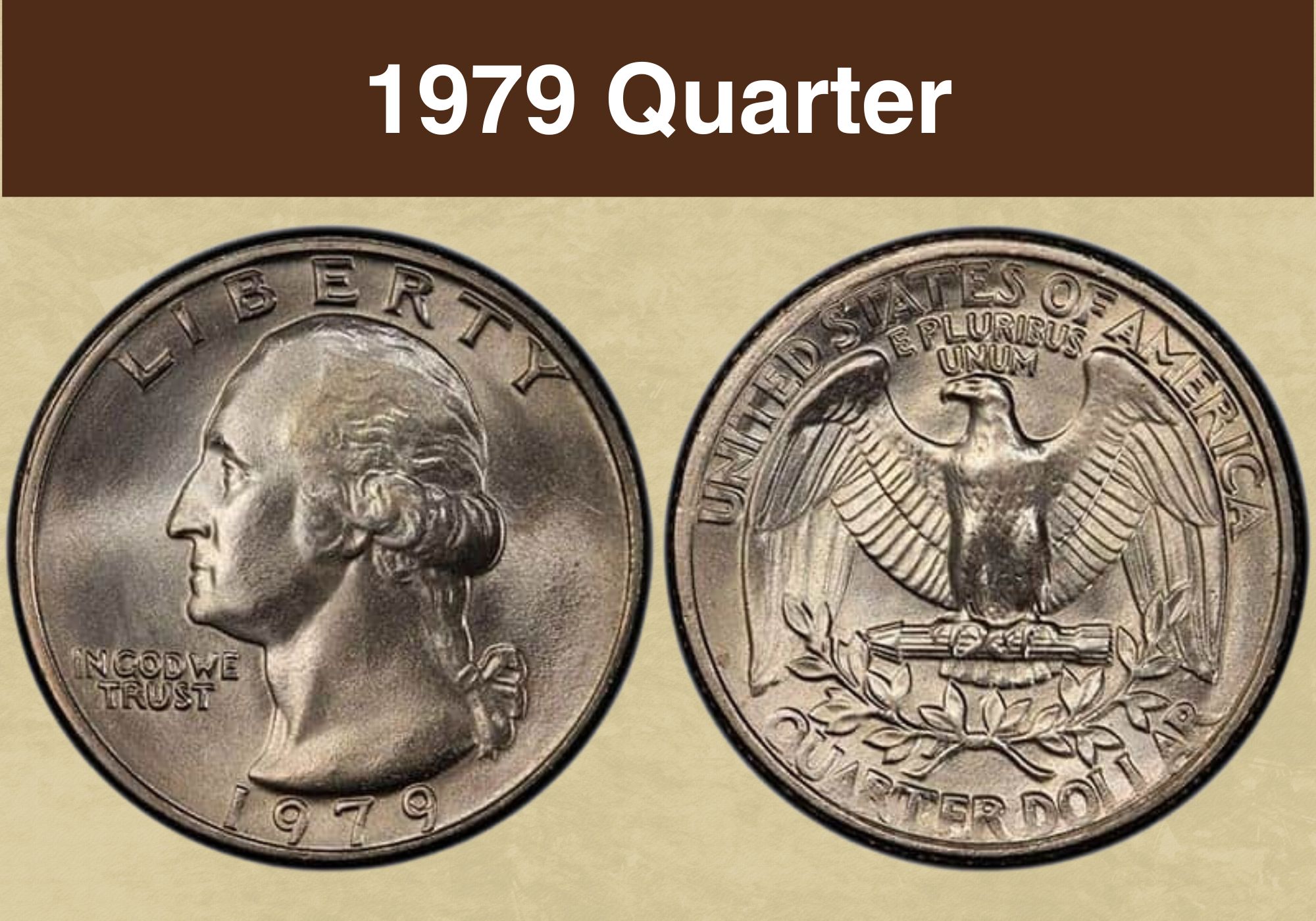
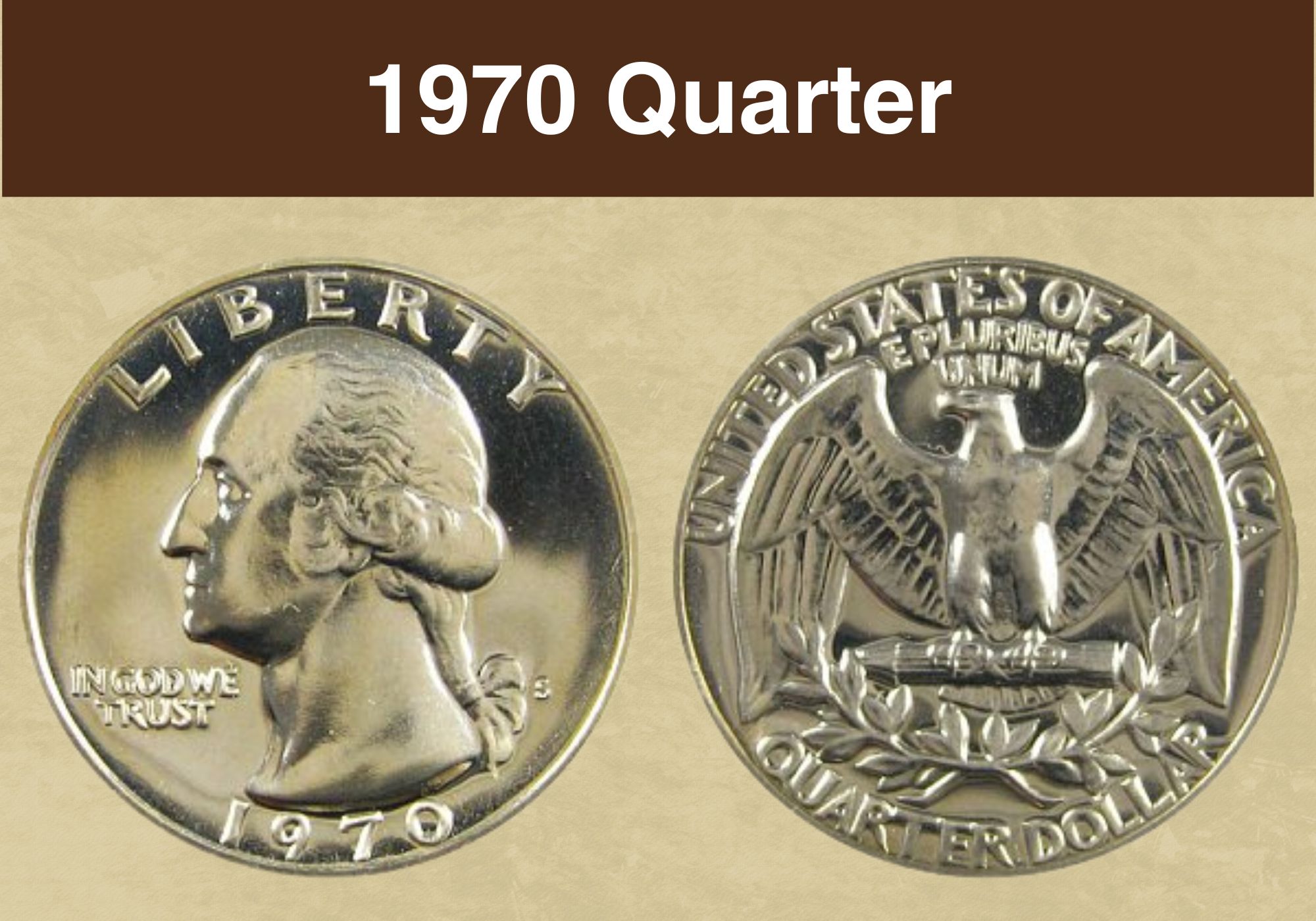
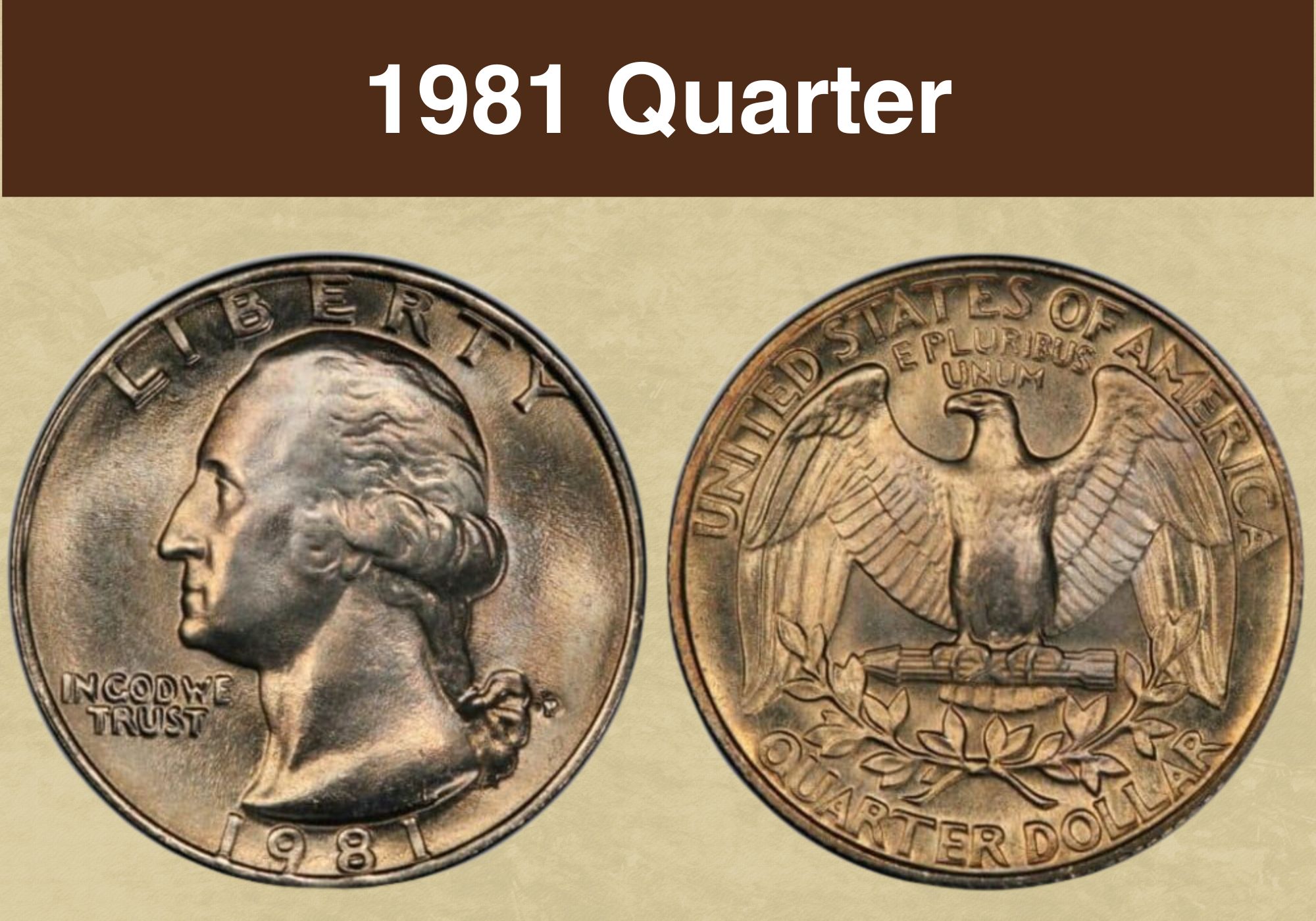
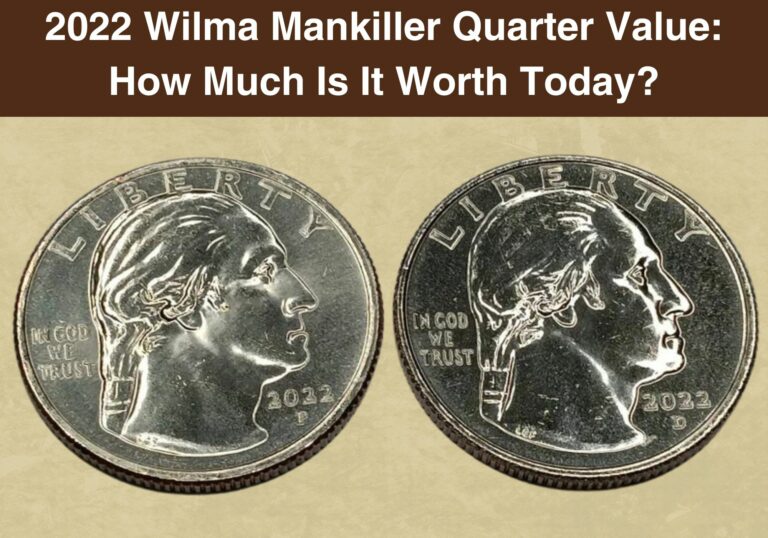
Hi
Welcome I need guidence since numismatic a ocean. I have 1997 mint P with reverse side 180 degree incredible coin, I hope you suggest the priority of coin and value.
Thanks with hope your guidence.
JK.